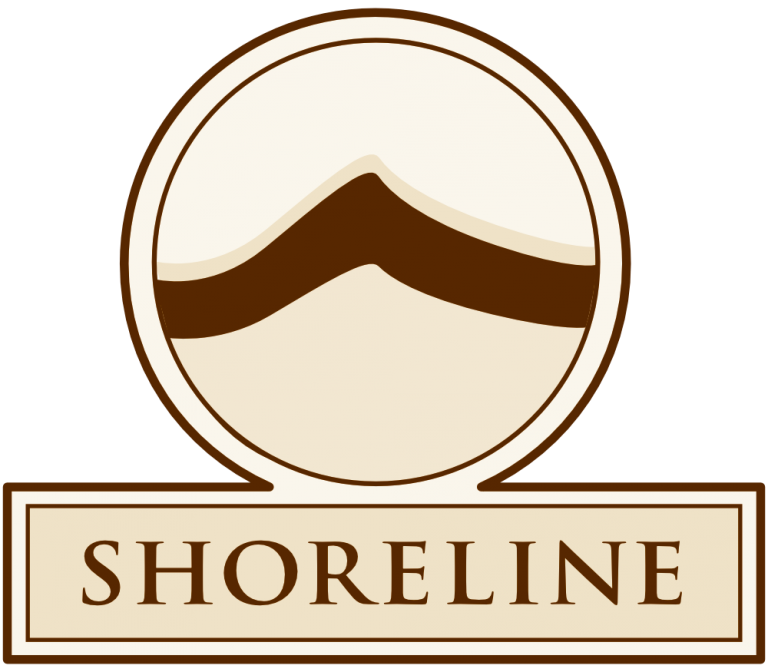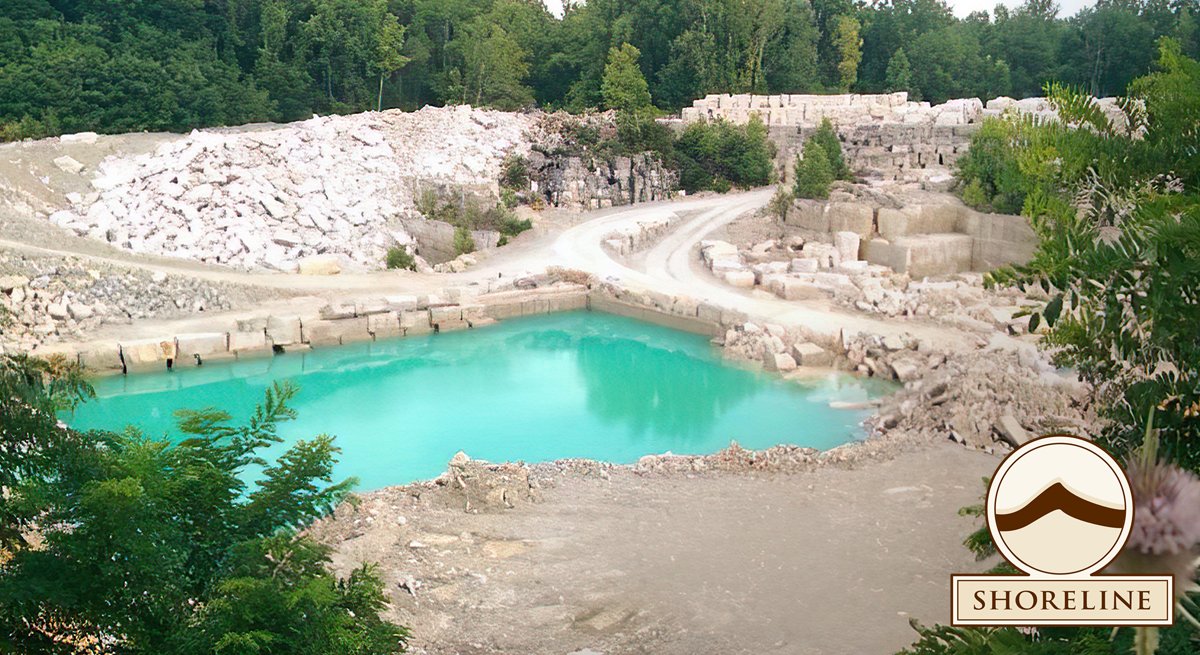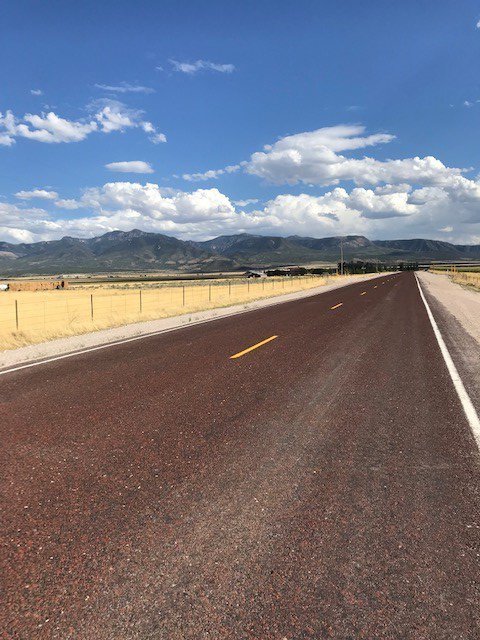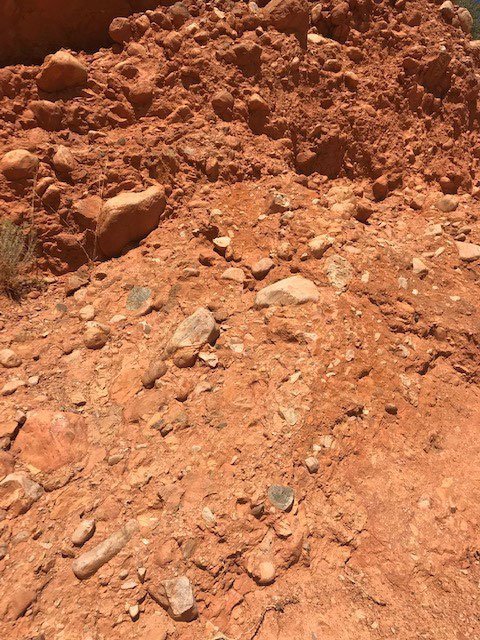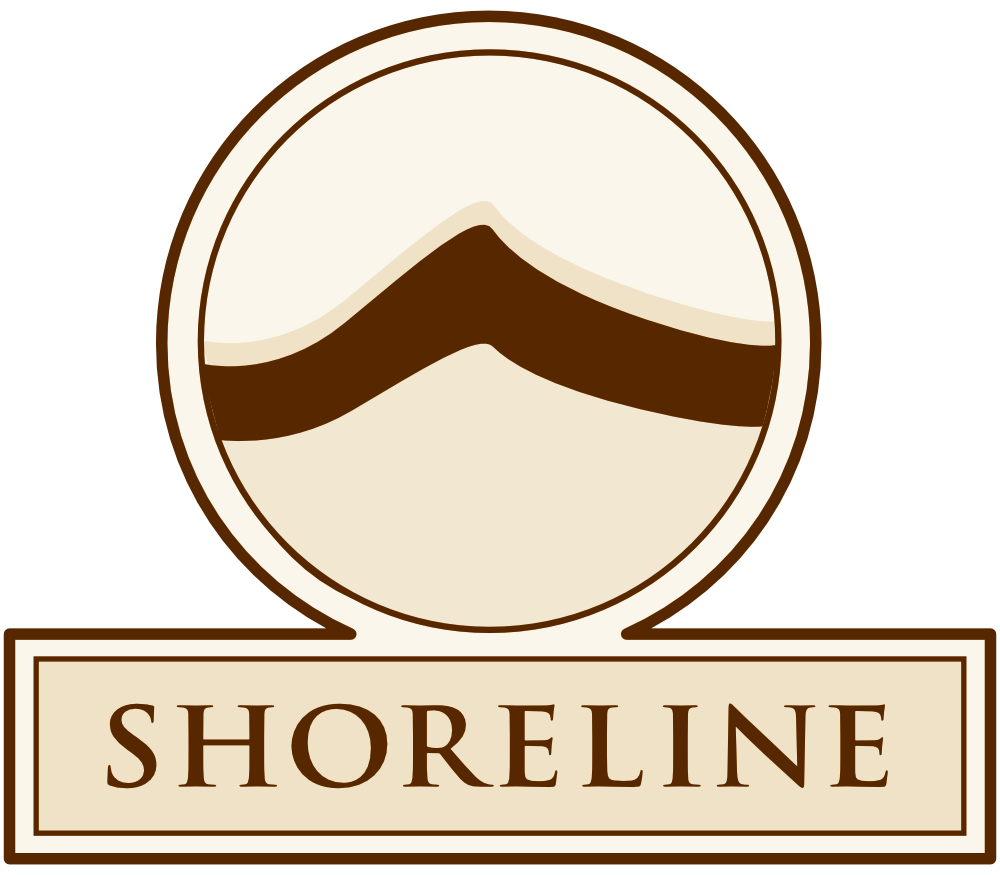We are fortunate to live in an area rich in natural aggregates. The Great Lakes region, including Indiana, Illinois, Michigan, Wisconsin, and Ohio is an area abundant in quality aggregates.
Indiana is home to some of the best limestone yields in the country. Southern Michigan has plenty of quality sand, and Northern Michigan and Northern Wisconsin produce the finest granite. In Ohio, one can find beautiful silicon sand for dressing golf course bunkers to a tee.
This region’s road construction industry is fortunate that solid, quality construction aggregates are readily available in proximity. Natural aggregates available nearby save money and time when it comes to transport and logistics.
The delivered price of a metric ton of sand and gravel doubles at about 23 miles and doubles for crushed rock at about 45 miles. Transporting aggregates over long distance is expensive. As such, it is no surprise that as much as 90 percent of projects use aggregates within 50 miles of their extraction, or quarry, site.
Shoreline supplies aggregates like limestone, sand and gravel material from various locations around Illinois, Indiana and Michigan. This means shorter hauls to the job site—and the lowest possible transportation cost. Quarries are strategically located for quick aggregate delivery and competitive pricing.
Granite Quarry Northern Wisconsin
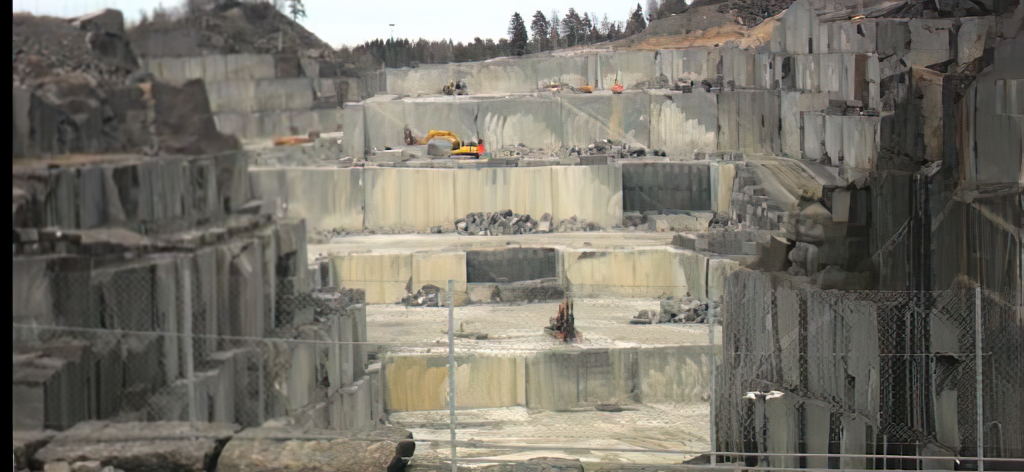
“While traveling, I find it interesting to examine various other construction aggregates used in particular areas,” explained Shoreline Aggregate Solutions Owner Mark Norville. “Sometimes it’s as simple as looking at the colors of stones used in the top layer of asphalt. You can get general ideas about the aggregates used in road construction. If the stones tend to be white or gray, limestone most likely is available at a reasonable cost to cart in that area. On a recent trip to Utah, I noticed the road and asphalt with red dust and red stones. After a bit of research, I learned they do have limestone available near the Wasatch Mountain range, but they also use a lot of red granite because it is readily available at lower altitudes.”
Mark Norville, Owner, Shoreline Aggregate Solutions
Red granite used in top layer of asphalt – Utah desert
Red granite is also available in the Great Lakes region, but not seen in road construction.
Wasatch Mountain Range in Eastern Utah. Pictured: Red granite broken down by water flow over thousands of years. Here it trapped other pieces of aggregates as it ran down and dried quickly in the arid climate. Because it is coarser than desert sand, Red Granite is used in concrete mixes.
“It would not be cost effective to use red granite here in asphalt as it isn’t as plentiful as limestone. The cost of cartage to truck the material around in the Great Lakes would be too great, making red granite a poor choice for construction material in general usage such as asphalt for parking lots and roads”, explained Norville.
Mark Norville, Owner, Shoreline Aggregate Solutions
Another natural aggregate where quality varies by geographic location is sand
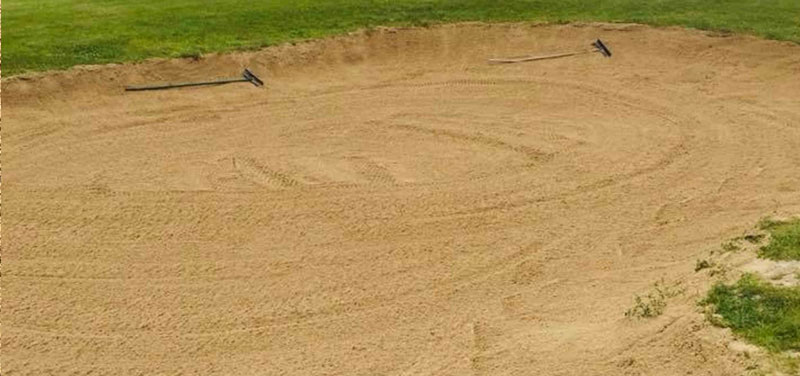
“It would be easy to assume that the best sand comes from desert regions like Utah – or that because there is so much sand available transporting it could be done cost effectively,” Norville said. “That’s not the case.”
Mark Norville, Owner, Shoreline Aggregate Solutions
Desert sand is not suitable for concrete mixtures; wind sweeps it across rugged terrain and breaks it down. It is not coarse enough to bind together cement and water in way that would provide durability. In desert areas, sand mix including broken down granites makes up concrete mixtures – though the red color from the granite is often undetectable in the hardened concrete.
Situated in the center of the Great Lakes, Michigan offers a huge deposit of fantastic quality sand. Michigan’s sand works for a multitude of applications from concrete production to top dressing sports fields and golf courses.
Typical Michigan Sand Pit – also produces Pea Gravel and River Rock that have decorative landscape applications
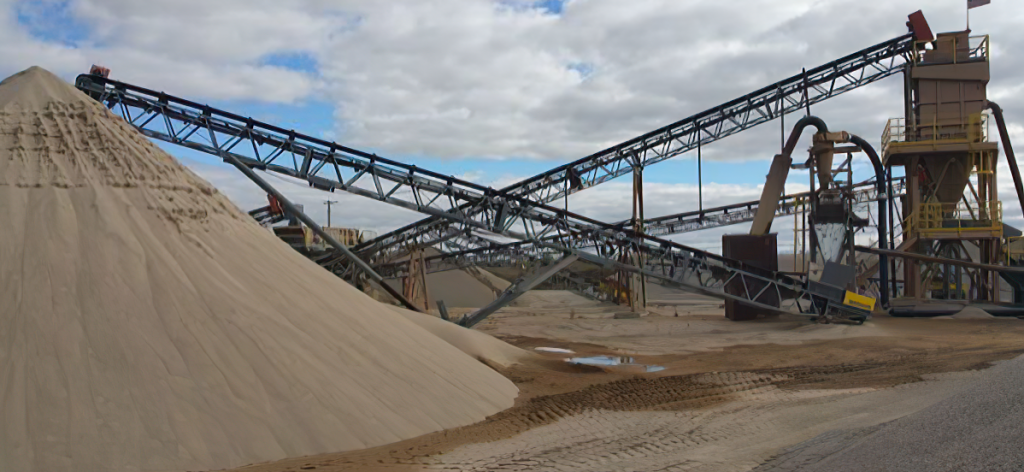
“The quality of Michigan sand is unparalleled because it was deposited by water when the Great Lakes region thawed after the last ice age,” said Norville. “The ice and water receded leaving coarse river rock and pea gravel that have various uses from decorative landscape design to filter packs for dewatering.”
Mark Norville, Owner, Shoreline Aggregate Solutions
The process of melt and recede also left behind a beautiful coarse sand with the strength necessary to bind concrete for sidewalks, drives ways, home and building foundations. This sand can be screened for finer sands used in masonry.
Shoreline Delivers
Every Shoreline product adheres to the highest industry standards and will help make your project a success. We have a wide variety of limestone products for a variety of purposes. Contact us for a free sample or quote.
